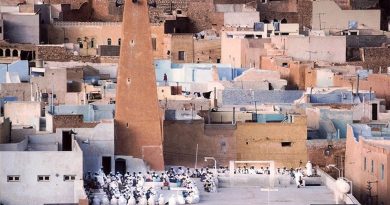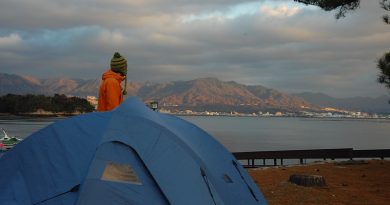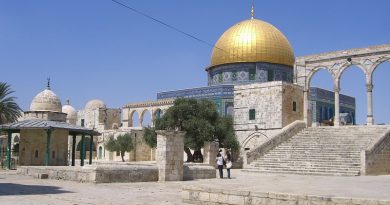Top 5 Balearic Islands
- ROBERT GRAVES House ,DEIA, Mallorca
Deia is a good one hour ride from the capital
Palma. The winding road is one of the most beautiful drives in the island, with the Sierra the Tramuntana rearing on the right and plunging sea cliffs to the left, punctuated by valleys of olive and citrus groves it is a lifetime away from the hustle and bustle of Palma.
The English war poet lived and is buried here. His house has been restored and opened as a museum
Visitors can admire his office, the old printing press he used to publish poems and the amphitheatre where his children would perform plays. There is also a display of photos, books and the newspaper clipping that mistakenly announced his death in the first world war.
Robert Graves is one of Britain’s greatestWorld War 1 poets alongside Sigfried Sassoon and Wilfred Owen.They were all friends after the war.
It was here that Graves wrote the bloody ‘I Claudius’ books which became a highly successful and scandalous TV series.
Graves died in December 1985 at the age of 90, following a long illness and gradual mental degeneration. He and his wife Beryl are buried in the small churchyard on the hill in Deia, overlooking the sea on the Northwest coast of Majorca.
- CHOPIN’s Home, Valledomossa,Majorca
One hundred and fifty years ago, Polish composer Frederic Chopin spent a winter at the Royal Carthusian Monastery in Valledomossa. You can now visit his cell and see his piano and manuscripts.
Chopin and his lover, the French writer Georges Sand, came to Mallorca seeking sun.
Chopin was dying of tuberculosis and not much was known about the disease at the time .His doctor’s advice was to leave Paris for the winter.
But when he got here, things got worse. The only accommodation they could find was in the Valldemossa monastery. It was stark and cold, in spite of the tranquil surroundings.
Georges Sand was to write a famous book here ‘A Winter in Mallorca’.
Chopin hit more problems having his piano sent to him. It arrived from Parisafter great delay. He could only use it for a little more than three weeks in the five months he spent here; You can’t stop genius. Chopin worked prolifically finishing off his preludes on a rickety rented piano. And the museum has some original transcripts.
It was a very special winter for the locals of Valdessemo as every day the dying and still obscure composer Chopin would perform a recital in the Palace hall.
- Ibiza
Artists discovered Ibiza in the 1950s, hippies in the 1960s, the jet-set in the 1970s and by the 1990s it had become the biggest 24 hour party place in the world! You can be anything you want in Ibiza, but one thing you won’t be is bored.
Ibiza sunsets are famous. The place to be seen is Cafe del Mar Sit on the rocks, listening to the tunes of Café del Mar with a cocktail.
Check out the Sa Capella restaurant near San Antoni. Bruce Springsteen, Sting and Tom Hanks have all eaten here. It’s got fantastic basque food served in a converted church with a sunken chapel underneath.
- FORMENTERA
Formentera is only 4km long and has a population of 7,000 people. In Balaeric terms that’s practically deserted. The great thing is that a lot of the island is protected as a national park.
In 1969 there were 1,300 hippies who lived on the island, almost one to every one local. Franco kicked them off during his dictatorship…then they came back again.
Nowadays it’s a popular escape for the cool crowd from Ibiza…They say it’s the Carribean without the jet lag… Kate Moss, Jade Jagger and Philip Stark all love it here.
Prince Harry was even spied cavorting in a mud bath.
You can hire a moped for 30 euros, a bike for just 10 – to explore the island.
- Palma: check out the modernista architecture and the cathedral of the capital of Majorca.
During the Spanish invasion of Mallorca against the Moors in 1229, a fierce gale threatened to sink the Spanish fleet. The desperate king James of Castilla promised to build a church dedicated to the Virgin Mary if the expedition was successful.
Starting construction in 1306, Jaume II fulfilled his late father’s promise.
As it turned out the cathedral was 500 years in the making and although there are bits and bobs from several different eras, the construction remains essentially gothic. In fact is one of the finest Gothic constructions in the whole of Spain.
Inside, the cathedral has been renovated several times, the latest renovations wereby the hand of the famous Catalan architect Antonio Gaudi who worked in it for 10 years.
But Palma is not only about a beautiful cathedral. What really makes this city special is the narrow bustling streets and lanes that are filled with beautiful old mansions.
The old town, also known as ‘barrio gotico’, is the best area if you decide to spend a few days in Palma, there’s lots of cheap accommodation to choose from, not to mention the numerous varieties of excellent cafés and restaurants to be found.



